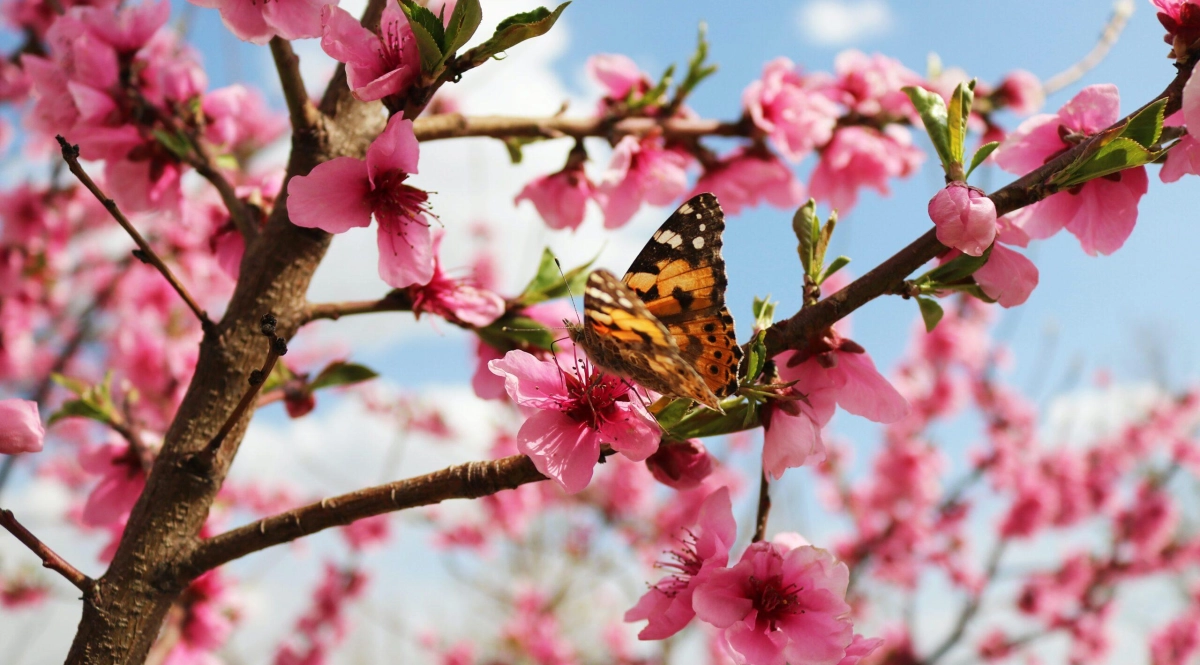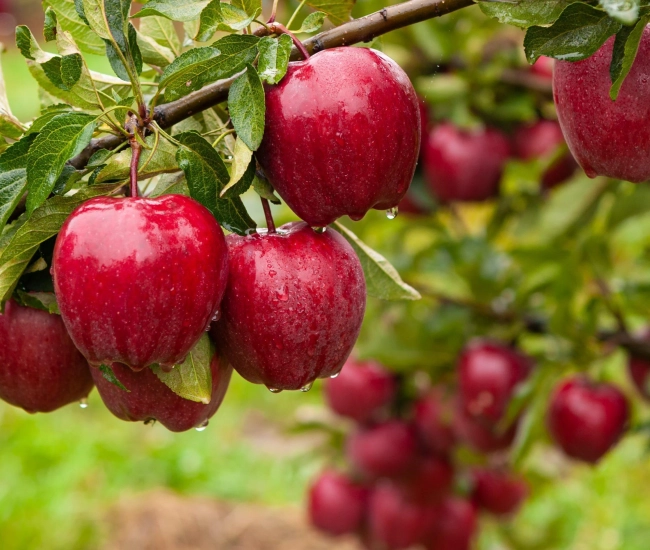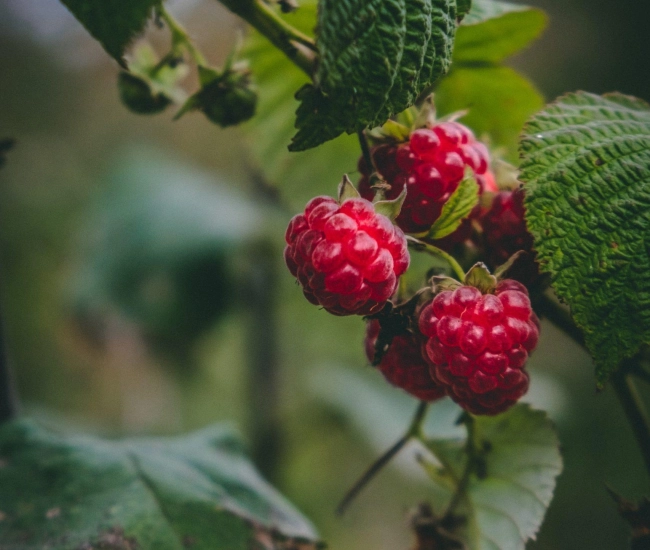
It is not always easy to know when and especially how to prune fruit trees. It is often even a headache for some. Discover here everything you need to know about pruning fruit trees.
WHEN TO PRUNE?
The best time to prune fruit trees is usually in the spring, just before flowering. The absence of leaves allows for a clear view of the tree's structure and helps maintain overall balance in branch distribution.
HOW TO PRUNE?
Before you start pruning, make sure to use a well-sharpened pruner and take the time to clean it properly to avoid transmitting diseases or bacteria to other trees. It is also important to know that a fruit tree cannot be pruned indefinitely; you should remove a maximum of 25 to 30% of the branches.
1. First identify the collar
To know where to cut on the branch, you must identify the collar, which is actually a small bump usually found at the base of the branches. Once this is done, place your pruner directly on the collar and sharply cut the branch. If a small piece of branch remains, you can make a second clean cut without any problem.
2. Spot interfering branches
First, prune interfering branches that tend to grow towards the inside of the tree. Over the years, these branches could risk injuring the tree or hindering the fruiting of the branch. If you reach almost 25%, stop pruning and wait until next year for further pruning.
3. Prune the suckers
Next, cut the suckers, which are branches that will never produce fruit but will consume a lot of sap.
Remember, it is always better to prune lightly rather than too much. The essential thing is that your tree survives and continues to provide you with an abundant harvest of fruits throughout the season.
Interesting facts to remember:
- Did you know you can see the years of growth by counting the scar collars? You will see that some years are more favorable than others since fruit trees produce more every other year.
- Pruning increases fruit production. An unpruned tree will naturally organize itself and still bear fruit. When in doubt, prune less. Over the years, you can observe the consequences of your pruning and adjust accordingly.
- Warning: Some fruit trees are dwarf, others are large. Do not try to make a dwarf tree out of a normal-sized tree.
We hope you now know how to prune your fruit trees. Feel free to visit Passion Jardins garden centers to discover different varieties of fruit trees. The experts on site will also be able to answer all your questions.
Continue to follow us on social media throughout the gardening season.
Tips and advice



